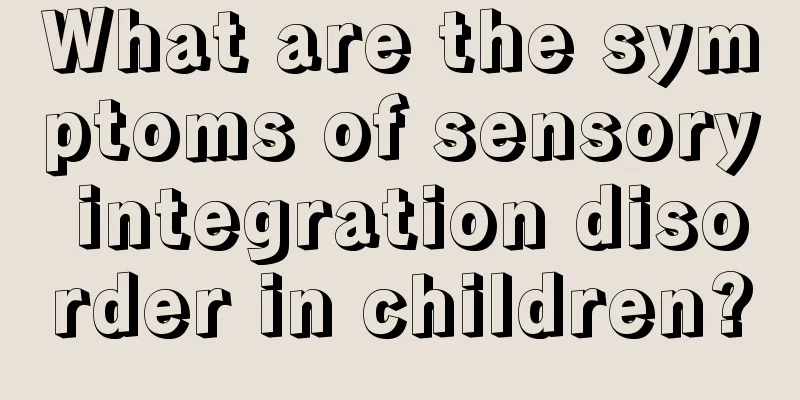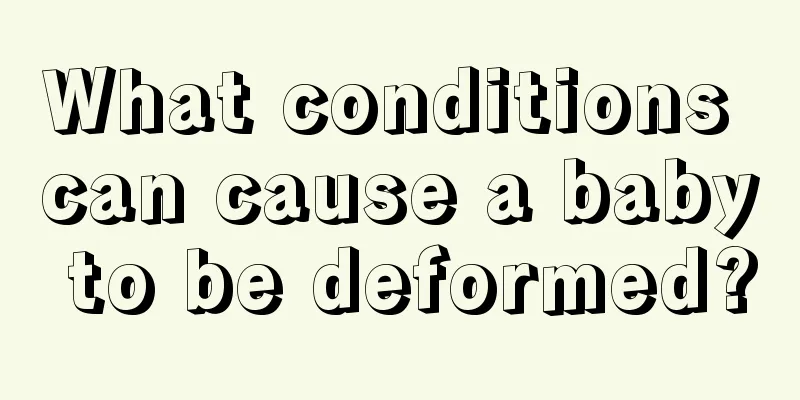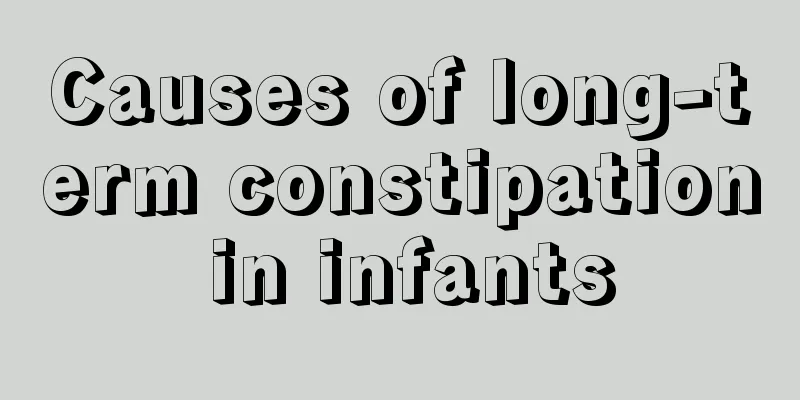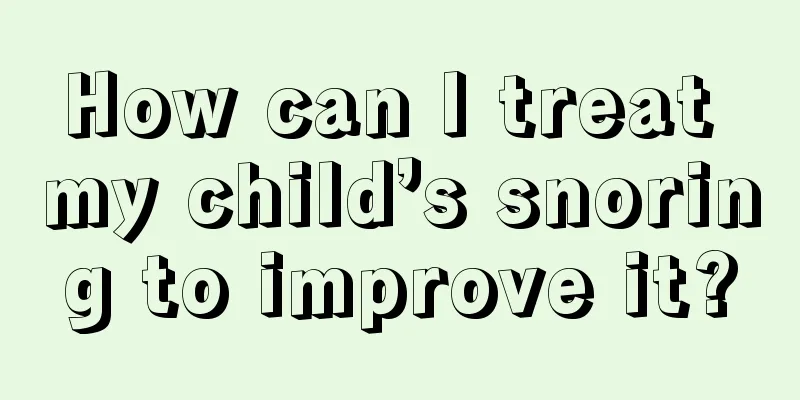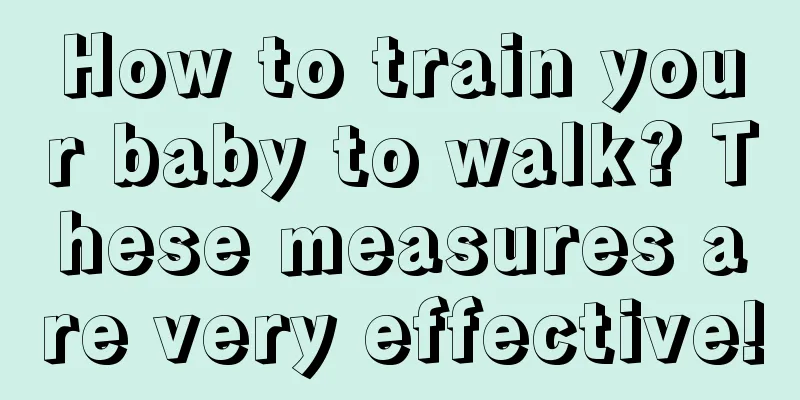What are congenital malformations in children?

|
Children are the flowers of the motherland, and every parent hopes that their children can develop normally and grow up healthily. However, some children are born with defects. But don't worry, if parents can discover and treat them in time, they can be completely cured. Once the best time for treatment is missed, it will cause lifelong regrets. Next, the editor will list some common and easily overlooked congenital malformations in children. 1. Congenital dislocation of the hip: In the neonatal period, there may be asymmetric gluteal lines, with the affected side having a higher gluteal line or one more gluteal line, a flat and wide buttocks, a protruding greater trochanter, increased and deepened skin wrinkles on the inner thigh, which are asymmetric with the healthy side, a widened perineum, and shortening of the lower limb on the affected side as the dislocation worsens. Learning to walk is later than normal children of the same age. After learning to walk, parents will find that the child has a limp, such as bilateral hip dislocation, and sways from side to side when walking, with a "duck gait". If not treated, the affected limb will become weak and hip pain in adulthood. Developmental disorders of the acetabulum and femoral head. The earlier the disease is treated, the better the effect. Generally, the treatment for infants under 6 months old is relatively simple. The lower limbs can be kept in a highly abducted position and gradually repositioned. A trapezoidal urinary pillow frog-style splint or a Pavlik sling can be used to maintain the position for 3-4 months, and most infants can be cured. Children over 6 months old are treated conservatively with manual reduction under anesthesia and frog-position plaster or stent fixation, which should be replaced every 3 months. After 6 months, abduction-position stent plaster or abduction stent fixation should be used for 4 months, with relatively satisfactory results. The failure rate of manual reduction is higher in children over 3 years old. Children aged 4-7 years generally require surgical incision and reduction. In recent years, the age for surgery has been extended, but the therapeutic effect is not ideal for children over 8 years old. They are prone to hip stiffness, inability to tolerate long-distance walking, and waist and hip pain in the future. Therefore, if parents find that their children have some of the above characteristics, they are advised to go to the hospital for treatment in time and not miss the good opportunity for treatment. 2. Congenital clubfoot: This is one of the common congenital malformations in children, and it is easier for parents to detect. The child's foot deformity was discovered after birth, with plantar flexion of the ankle, small heel, plantar flexion and inversion, and Achilles tendon contracture. Forefoot adduction, skin wrinkles on the medial side of the foot, calf rotation deformity, etc. For older children who are not treated, the deformity will worsen after they learn to walk. Calluses and bursae may form when they step on the ground with the toes of the outer side of the back of the foot. In severe cases, the back of the foot will touch the ground, which will cause the bones of the foot to develop deformities over time and is difficult to correct. Treatment should start as early as possible, with manual massage correction starting 1-2 weeks after birth. Starting in the neonatal period, fix the heel with one hand and grasp the forefoot with the other hand and stretch it outward, holding for 20-30 seconds each time, and repeating 200-300 times a day. Some people also use tape to fix the affected foot in the eversion position after massage. These are some common but easily overlooked congenital malformations in children. These can be treated through surgery and other methods, but some malformations may not be able to be treated through surgery. But don't worry, no matter what the children are like, they are the most perfect in the eyes of their parents, and psychological treatment is more important. |
<<: What is the best way to promote development?
>>: What foods should children eat when they have stomach pain
Recommend
Causes of convulsions in children's sleep
Every parent hopes that their children can stay h...
How to educate autistic children
The education of autistic children needs special ...
Introduction to Child Development Indicators
In fact, children are at the age of growing up. I...
How to train your baby to sleep alone?
After the age of two, children can sleep alone, b...
Height and weight standard for two-month-old baby
The height and weight of a two-month-old baby are...
What is the reason for a child to have a fever for a week?
Generally, children's fever will get better w...
What to do if your child always has a runny nose
Children's health is a matter of great concer...
At what age do children change their teeth?
I believe everyone knows the importance of teeth ...
What causes recurrent respiratory infections in children?
Today, the editor will take you to understand the...
How to deal with children who are always allergic
Your body's resistance is not as strong as th...
What to do if your child has constipation?
Constipation in children is a very common phenome...
How many weeks is the best for a baby to be born? How many weeks is the best for a baby to be born?
It is generally better for babies to be born at f...
What causes shortness of breath in children?
Recently, some parents have reported that their c...
How many days does roseola infantum last?
Roseola infantum is a very common disease. Patien...
There is a patch of tongue coating on the child's tongue
Anyone who has some understanding of the human to...
